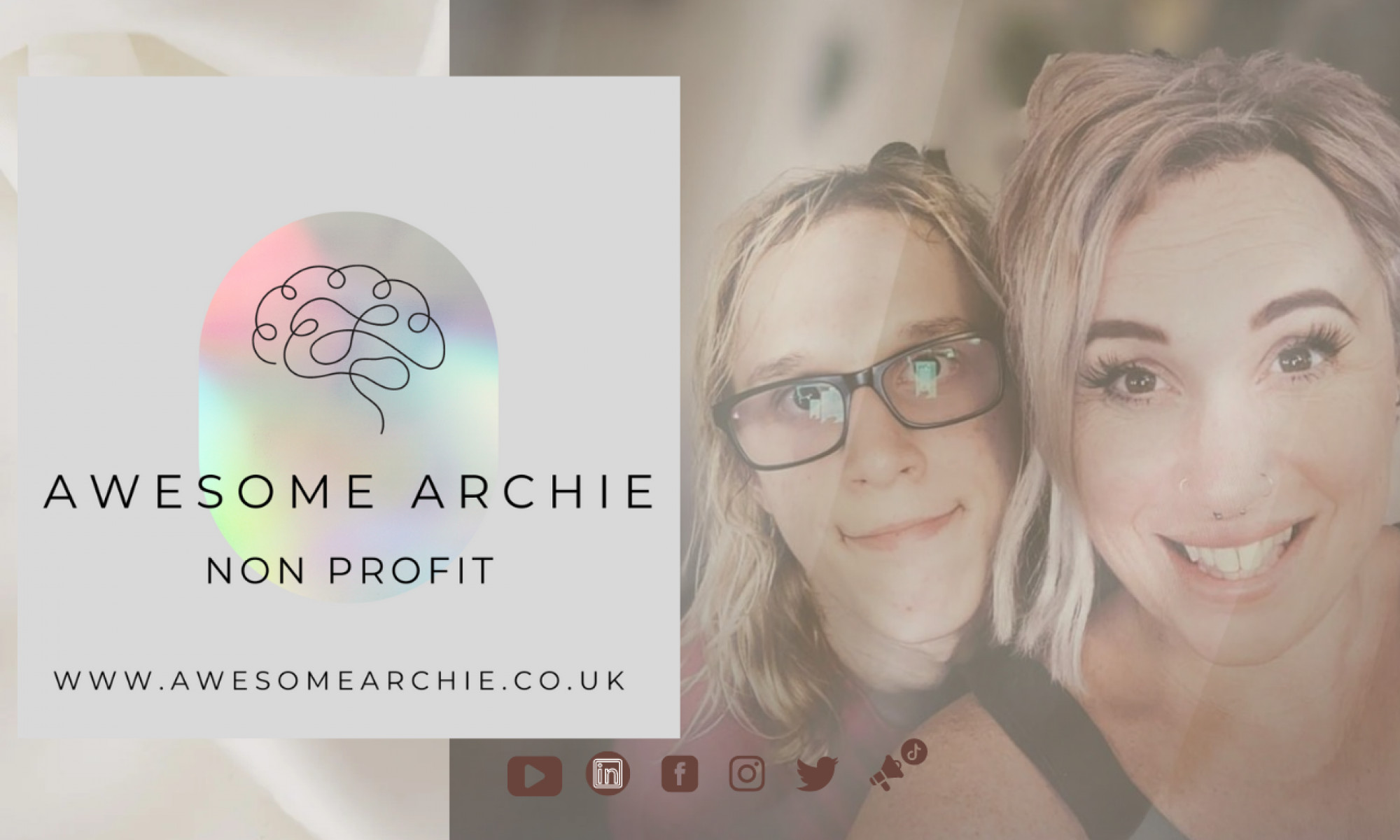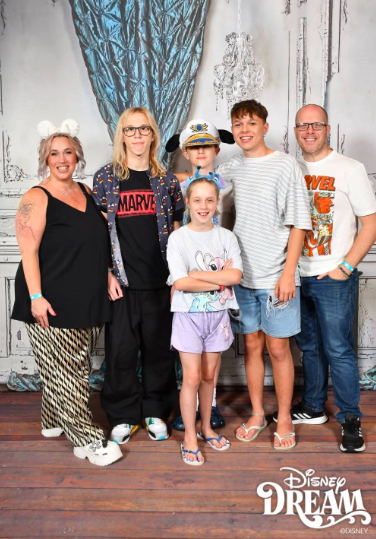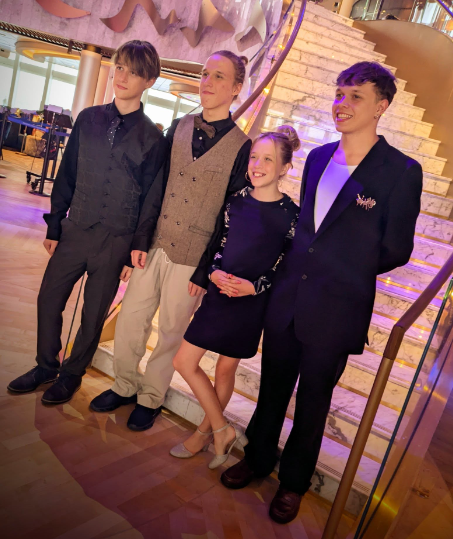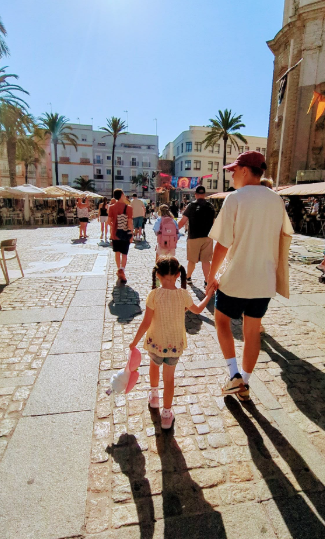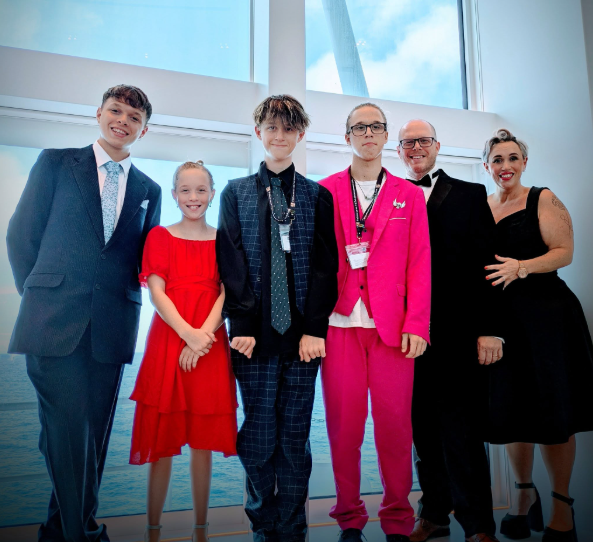
In my last blog I stated that I hate the word “normal”. This prompted me to do a bit of research and you may be surprised as to what I discovered!
According to the Oxford English Dictionary, the word “normal” means:
“Conforming to a standard; usual, typical, or expected.”
For most of our lives, we’ve been told that normal looks a certain way — tidy routines, predictable behaviors, quiet mealtimes, and neatly organized days. But in our awesome neurodivergent family, that definition doesn’t fit. And honestly, we’re okay with that.
Because our kind of normal looks very different — and it works beautifully for us.
In our home, what might look unusual to outsiders is simply everyday life for us.
We build our routines around our neurotypes, needs, and energy levels, not around what others think we “should” be doing. Some days we start more slowly, with quiet corners, soft lights, and time to regulate before tackling the day. Other days, our living room becomes a sensory play zone, full of music, movement, and laughter.
Our flexible structure gives us the freedom to meet everyone’s needs — including our PDA (Pathological Demand Avoidance) son’s need for autonomy and choice. We know that choice and flexibility help him to feel safe, and when he feels safe, we all thrive, not just survive
Neuroaffirming, Not ‘Fixing’
We don’t see anyone in our family as needing to be “fixed” or “changed.” We are not broken.
Instead, we approach each day with a neuroaffirming mindset — one that recognizes every brain as valid and valuable. Each of us has a part to play and is an integral place in our family.
When someone needs quiet time, we honor it. When emotions run high, we focus on connection before correction. We celebrate stims, special interests, and creative communication.
Ourmain aim isn’t to make our children (or ourselves) fit into a “neurotypical world”, but to create a home where everyone belongs exactly as they are. No masking needed!
So, our home may look abit different from others — we have soft lighting instead of harsh overhead bulbs, cozy sensory corners, weighted blankets, noise-cancelling headphones, and fidget toys all over the place!
This isn’t indulgence; it’s accessibility.
A sensory-friendly environment allows us all to regulate and reset — to feel safe, comfortable, and capable.
This is what normal looks like for us.
So We Are Redefining Normal
If “normal” means “usual, typical, or expected,” then our life is normal — for our family.
What’s usual for us might seem unusual to others, but that’s the beauty of neurodiversity: there isn’t one right way to live, parent, learn, or love. Every family has its own rhythm, and ours happens to be built on understanding, acceptance, and flexibility.
So yes, we’re a little different. PROUDLY SO!
Our days don’t follow a traditional path and never have.
But our home is full of unconditional love joy, creativity, and compassion — and that, to us, is perfectly normal.
